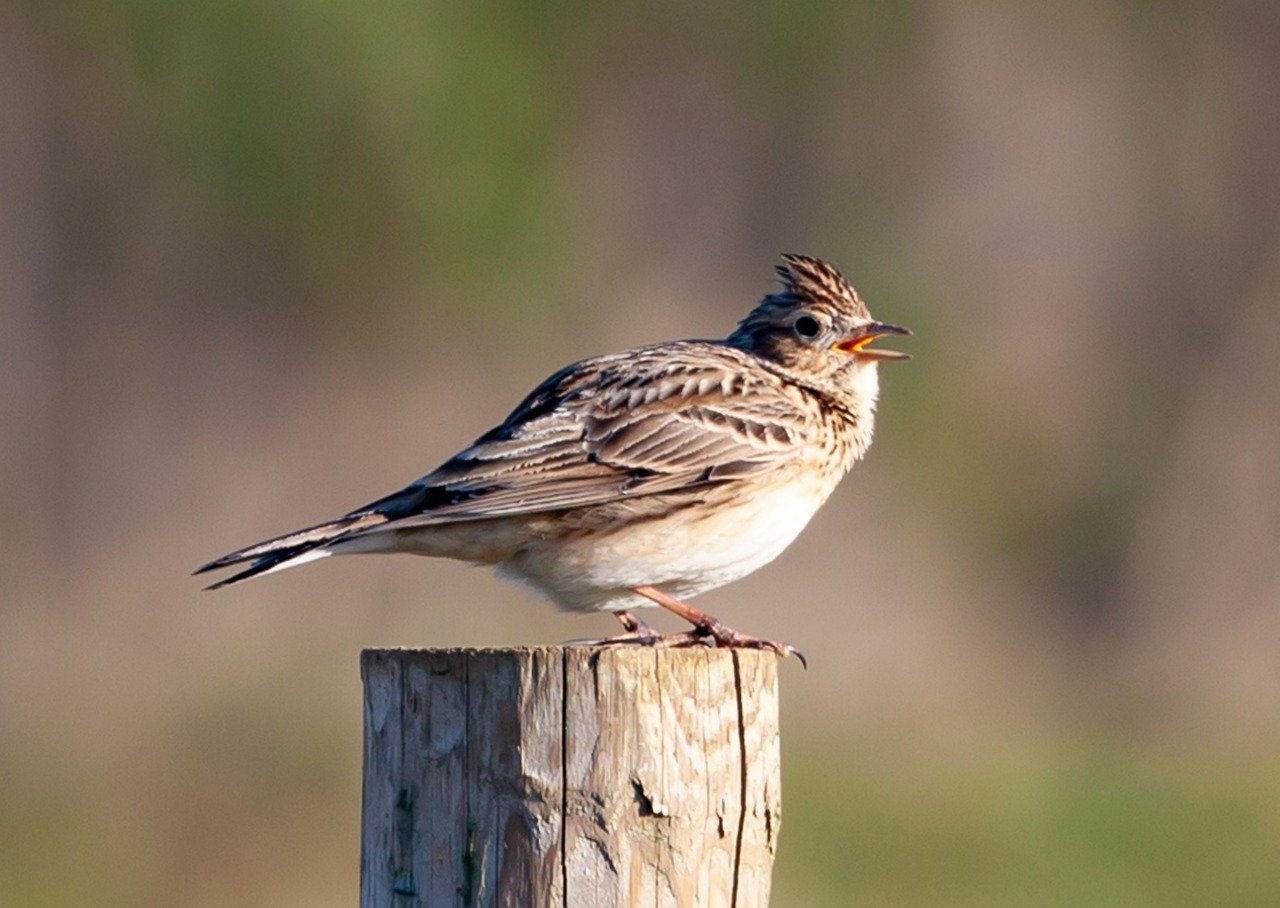Is early grass harvest for silage an overlooked reason for skylark Alauda arvensis population decline in Sweden?
DOI:
https://doi.org/10.34080/os.v26.22526Keywords:
agriculture, threats, passerines, conservation, breeding success, anthropological effectsAbstract
In 2015 we studied the relative importance of silage and cereal crops as breeding habitat for the skylark Alauda arvensis. In 2014 we had found that skylarks failed to breed successfully in grass silage fields. We compared skylark density between crops in one organic and one conventional farm, c. 100 ha each, at Kvismaren valley in south Sweden (approx. 59.2°N; 15.4°E). The densities were similar in all crops: 83 territories/km2 in silage and 75 (spring sown) or 80 (autumn sown) in cereal. However, silage harvest in early June and July destroyed, as in the previous year, almost all nests, effectively preventing skylarks from reproducing successfully in that habitat. Cereal fields are not harvested until after the young are fledged. Approximately 45% of the farmland area in Sweden is grass for silage, normally harvested in late May or early June. We suggest that this early harvest is an important and overlooked driver for population decline of birds nesting in such fields.
Downloads

Downloads
Published
How to Cite
Issue
Section
License
The copyright of each contribution belongs to the author(s), but all contributions are published under a Creative Commons license, so that anyone is free to share and reuse the contribution as long as the copyright holder is attributed.







